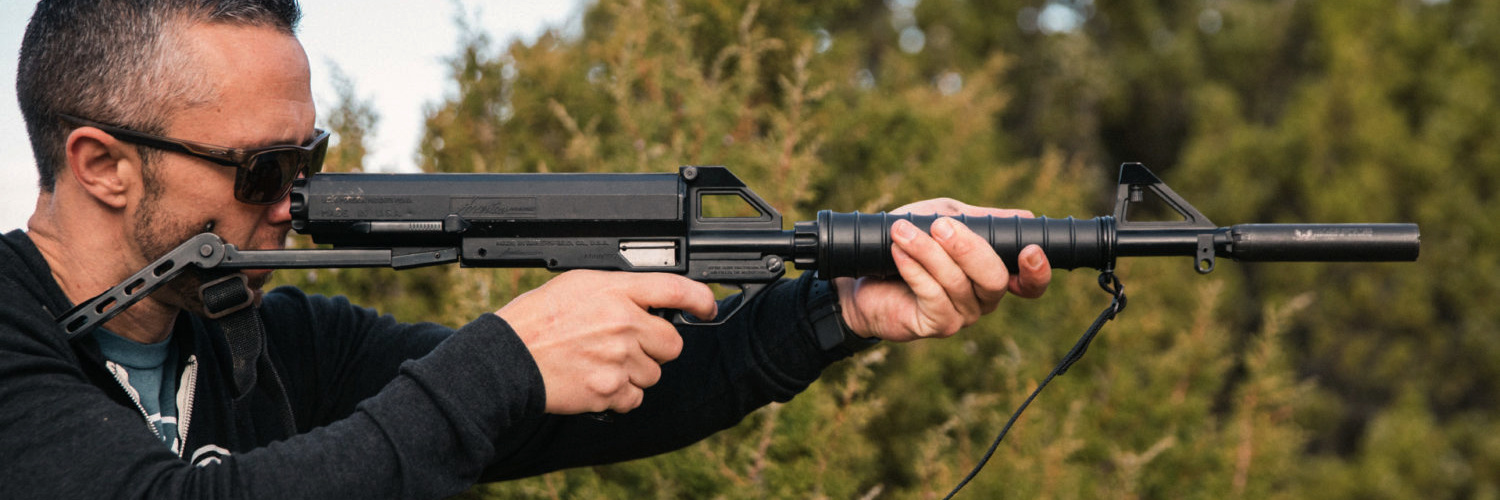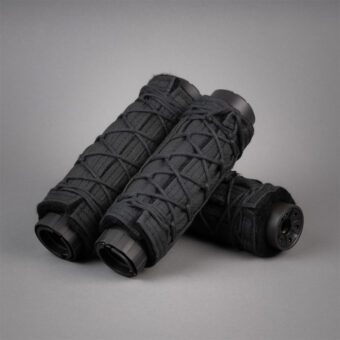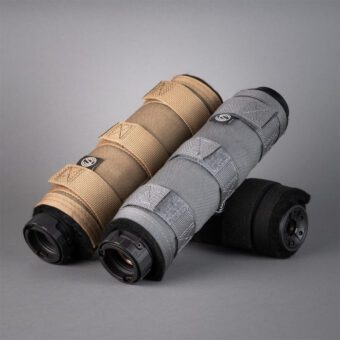Home / All About Silencers / How To Clean a Suppressor
How To Clean a Suppressor
How To Clean a Suppressor
Home / All About Silencers / How To Clean a Suppressor
Travis Pike
Death, taxes, and carbon buildup are three certain things in life. Suppressors, like anything else involving firearms, are exposed to carbon, lead, and fouling. We know that with firearms cleanliness often helps ensure reliability, but do we really need to clean suppressors?
It’s just a tube, right?
Yes, and no. You need to keep your can clean for a couple of reasons. First, of course, is to ensure it properly functions as a suppressor. If you enjoy all of the noise reduction it can provide, it is wise to ensure its kept well-maintained and functional. The other reason to clean your suppressor is to make sure it’s parts and pieces properly interface with your gun so it can reliably incorporate itself onto your weapon.
How to Clean a Suppressor
First identify if your suppressor needs to be cleaned. Rifle suppressors that chamber high pressure rounds like 5.56 and 7.62 NATO don’t really need to be cleaned. The high pressure that the gun creates will throw out most debris and carbon.. Lots of high pressure rifle cans are fully welded and rarely would a manufacturer suggest any serious maintenance schedule. A rifle suppressor can get away with nothing more than the very occasional solvent soak and maybe the thin end of a solvent brush.
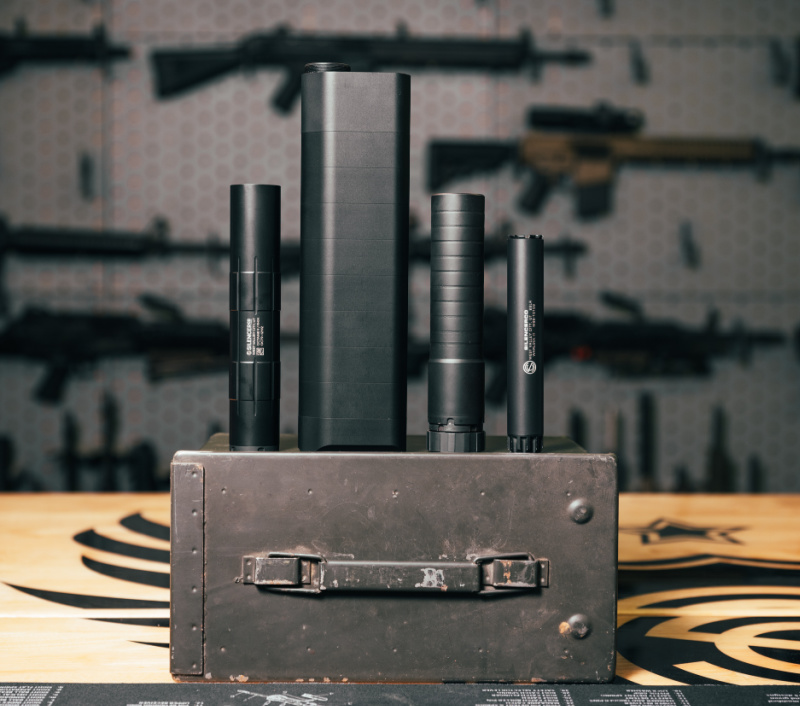
But about handgun, shotgun, and rimfire suppressors? You’ll need to regularly clean them. They tend to get dirty for a variety of reasons. Of the three firearm platforms, pistol suppressors tend to need the least amount of cleaning, unless using bare lead ammo then you should clean your suppressor fairly often. Pistols and shotguns are low pressure compared to rifles and don’t necessarily self-clean. Rimfire is not only low pressure, but naturally filthy ammo and rimfire suppressors require the most work and tightest cleaning schedule.
After you’ve determined that your suppressor needs to be cleaned, you’ll need to look at whether it is a fully welded or user-serviceable suppressor.
In a fully welded suppressor, the baffles and the can are fully welded. The baffle stack cannot be removed for cleaning. Most high powered rifle cans are fully welded, and some pistol cans like the SilencerCo Omega-K are fully welded .
User-serviceable suppressors allow you to remove the baffles or monocore and get after it. Suppressors like the Octane, the Salvo-12, and Sparrow 22 are user serviceable for easy cleaning.
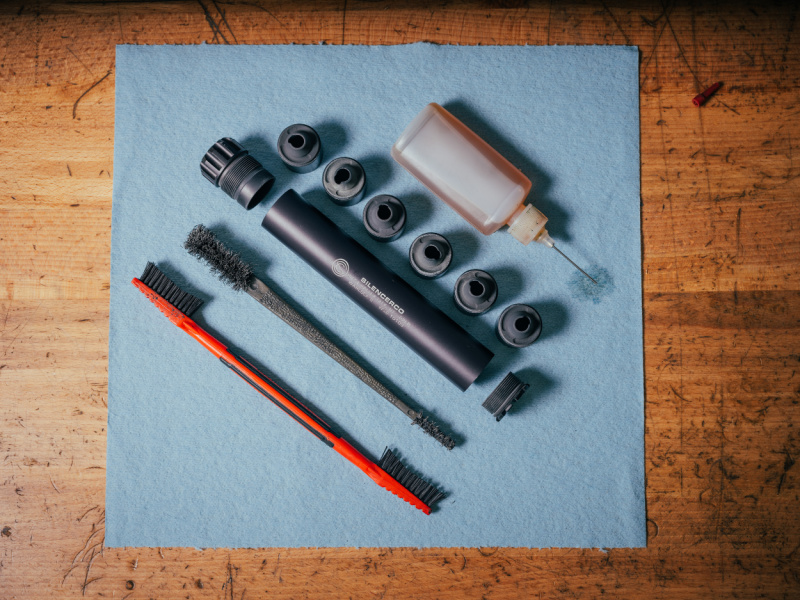
We are going to focus on user serviceable methods of cleaning a suppressor. This is assuming you are a normal user that doesn’t own the mechanical means to clean suppressors. Although, we will address mechanical methods later.
Prior to cleaning any suppressor make sure you grab some gloves and safety glasses. You should protect yourself from any dangerous cleaning solvents. Consult your suppressor’s manual before cleaning. Look for specific instruction relating to maintenance.
How to Clean Fully Welded Suppressors
There isn’t much you can do with a fully welded suppressor. Cleaning them is fairly simple. You can soak them in solvents and continually soak and dump until carbon stops flowing out. To reduce the solvent I use, I prefer to seal one end of the can and fill the other with solvent. Let the solvent sit for a bit, then dump it.
Be aware, some cleaning solvents can remove the finish on a suppressor. Harsher solutions like CLR or “The Dip” can damage your finish. Make sure to properly research your solutions before using them to clean your suppressor.
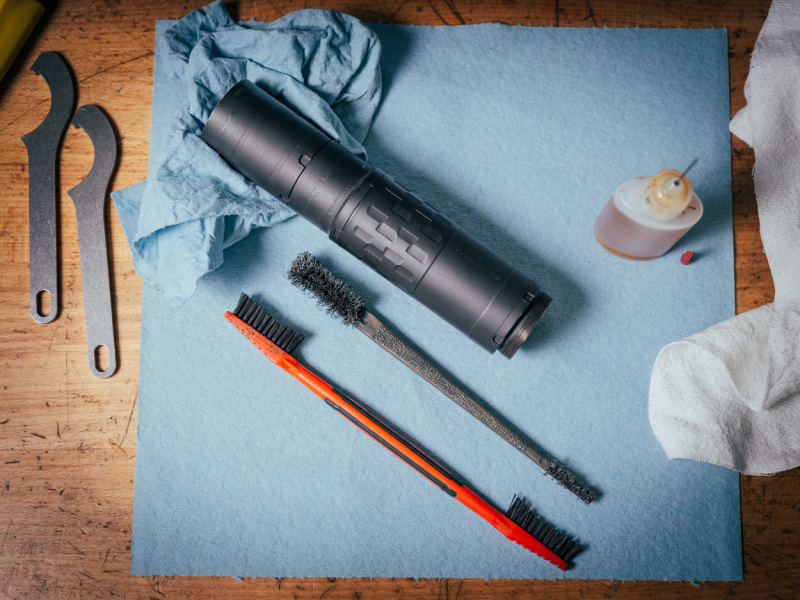
You can also run a cleaning brush through the suppressor to forcefully get the carbon out of the can. Silencer cleaning brushes can be found, and they’re perfect for quick and easy cleaning. It really helps draw out the gunk and debris and helps to ensure that your suppressor lasts as long as possible and is as quiet as it can be.
Before shooting with your clean suppressor, make sure the solvent is dry. The most common method is using an air compressor.
How to Clean User Serviceable Suppressors
Cleaning user serviceable suppressors is quite easy. First, grab your manual and follow the directions on how to disassemble your suppressor and how to remove the core of the can. Once that’s done, an all-purpose brush, some solvent, and some solid elbow grease will get your suppressor clean. Wipe the solvent on, let it sit momentarily, and then scrub the lead and fouling with the brush until it wipes away.
When using an all-purpose brush, make sure the material of the brush is softer than the material of the baffles. Brass/bronze brushes are good on steel but can damage aluminum. For aluminum use a stiff nylon brush.
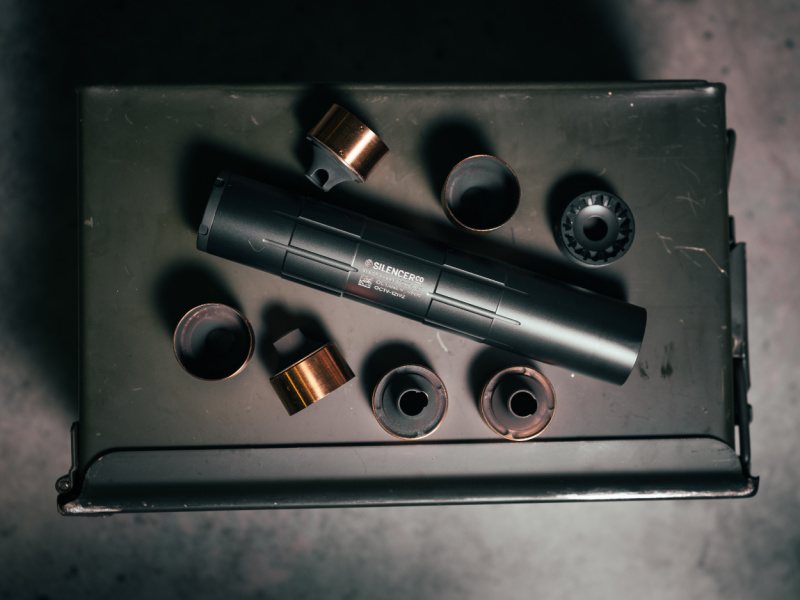
You can also wipe down the inside of the suppressor walls to ensure you aren’t just adding a clean core to a dirty tube. This is usually quick and easy and it wipes right off.
Before putting the silencer back together I would suggest using a dry, absorbent material to wipe off the solvent and dry it out. An old T-shirt often works wonderfully in this role. Follow the instructions and reassemble the can to factory specifications.
What you Should Never Do to Clean Suppressors
I really want to stress that you should never, ever run cleaning patches through a suppressor. The bore of a suppressor doesn’t seem much different than the bore of a rifle. However, it’s quite a bit different with plenty of places for these patches to get lost. If one gets stuck and the suppressor is used you could cause serious damage to the can and risk harm to the shooter.
Do I need to Clean the Suppressor Mount?
Cleaning the core and body of your can is important, but it goes beyond just that. You should also clean any mating surface you use. Nielsen devices on pistol silencers in particular need to be cleaned to ensure reliability. You should also clean QD mounts, muzzle devices, and similar systems.
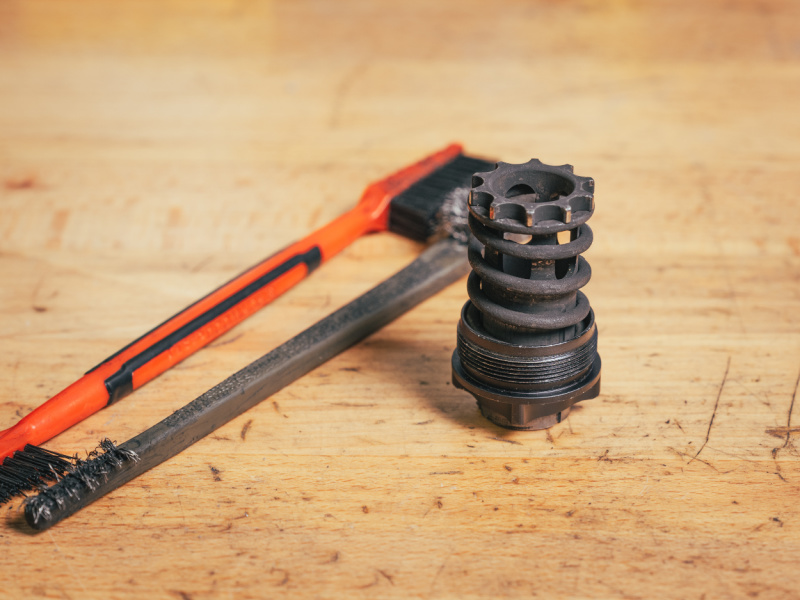
Be sure to clean the threads of your can, as well, to ensure it attaches securely and properly to your gun every time it’s used. I even wipe down the outside of my can and make sure it’s never put away wet.
How Often Should I Clean My Suppressor?
I will always advise you to refer to your manual to see how often you should clean your can. Look under the maintenance section to get a better idea. Below is the general rule of thumb for suppressors.
As we’ve stated, high pressure rifle suppressors really don’t need to be cleaned, but you can if you want to. Pistol suppressors barely need to be cleaned and it’s really only if you are using cheap, dirty ammo, or run an excessive number of rounds through in a short period. Anytime you use lead projectiles you should clean pistol suppressors.
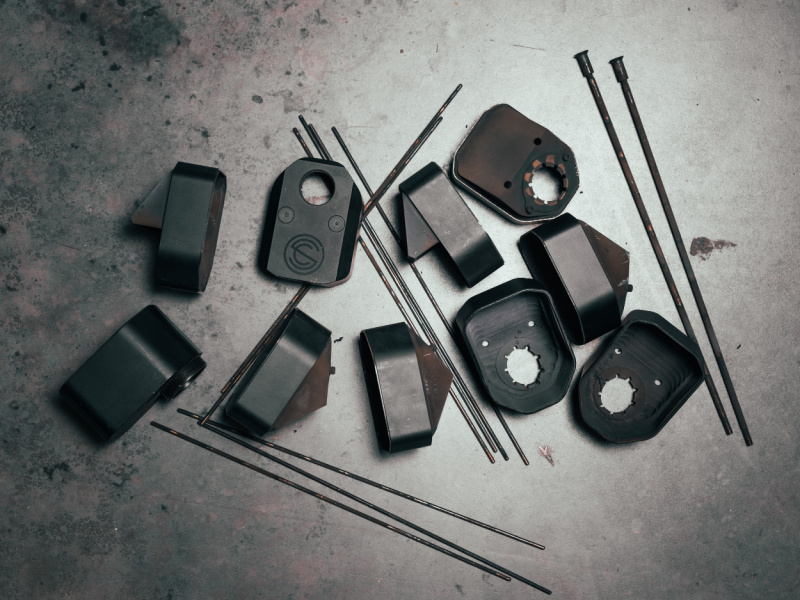
Shotgun suppressors vary, but you typically want to clean the Salvo 12 every 1,200 rounds or so. Shotgun hulls are plastic and often leave behind bits and pieces inside the suppressor, along with carbon and potential lead debris.
Rimfire cans are the suppressors you should clean most often. It’s advised to clean cans like the Sparrow 22 every 1,000 or so rounds. I often clean well before that point to make life easier, and because I typically shoot several hundred rounds when I break the rimfire cans out. Rimfire ammunition is typically filthy and pure lead projectiles are plenty common.
Mechanical Cleaning Methods
Plenty of people hate using elbow grease and would like a simple, automatic solution. In the gun world those do exist for cleaning firearms in the form of ultrasonic cleaners, wet and dry media tumblers, and soda blasters. Do not use any of these methods on your outer tube as it will remove the finish, just the baffles. I would heavily advise consulting the suppressor manufacturer before engaging in any of those methods to clean your suppressor as you could easily do permanent damage to your suppressor.
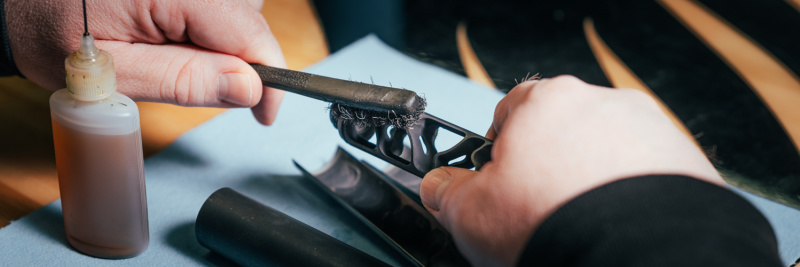
For example, what wet or dry media will damage your can in a tumbler? Did you know that ultrasonic cleaners can weaken aluminum? Or that if you don’t use a blast box for a soda cleaner, your significant others will be very disappointed in you? Those are the kinds of things you need to know before tossing a can in a mechanical cleaner and hitting go.
Keeping Clean
Suppressors are fairly easy to maintain. Even the highest maintenance suppressor requires less cleaning than most rifles. At the end of the day they are relatively simple devices to clean. Hopefully you now know how to maintain your suppressor to get the best possible performance out of it.


